Digital camera vs dslr
Choosing between a digital camera and a DSLR (Digital Single-Lens Reflex) camera can be a daunting task, especially with the rapid advancements in camera technology. Both types offer unique advantages and cater to different needs, making the decision highly reliant on your specific requirements. This comprehensive guide will explore the key differences, advantages, and drawbacks between digital cameras and DSLRs, helping you make an informed choice that suits your photography needs.
 Several types of cameras:
Several types of cameras:
DSLR (Digital Single-Lens Reflex) Camera: DSLR cameras are versatile and popular among professional photographers and enthusiasts. They feature interchangeable lenses, high image quality, and advanced manual controls.
Mirrorless Camera: Mirrorless cameras offer high-quality images and the flexibility of interchangeable lenses, but they are smaller and lighter than DSLRs. They utilize electronic viewfinders and lack the internal mirror of a DSLR.
Point-and-Shoot Camera: These compact, easy-to-use cameras are designed for casual photography. They are generally affordable, portable, and come with automatic shooting modes.
Action Camera: Action cameras are small, durable, and designed for capturing adventure and sports activities. They are often waterproof and shockproof and offer wide-angle lenses.
Security Camera: Security cameras are used for surveillance and monitoring purposes, commonly installed in homes, businesses, and public areas to enhance security and safety.
Smartphone Camera: The built-in cameras in smartphones have become increasingly advanced, offering convenience and accessibility for capturing photos and videos on the go.
Webcam: Webcams are designed for video communication and live streaming, commonly integrated into laptops, desktop computers, or used as stand-alone devices.
These are just a few examples of the diverse range of camera types available, each tailored to different photography, videography, or surveillance needs.
 Understanding Digital Cameras
Understanding Digital Cameras
Digital camera vs dslr
What is a Digital Camera?
Compact and Portable: Digital cameras, often referred to as point-and-shoot cameras, are compact and designed for easy use.
Built-in Lens: They come with a built-in lens, which means you don’t have to worry about swapping lenses.
Automatic Settings: These cameras typically feature automatic settings, making them ideal for beginners.
Key Features of Digital Cameras
Compact Size: Small and lightweight, easy to carry around.
Ease of Use: User-friendly with automatic modes that make photography simple.
Affordability: Generally more affordable compared to DSLRs.
Fixed Lens: Offers less flexibility but makes the camera more straightforward to use.
Advantages of Digital Cameras
Portability: Compact size makes it easy to carry in a pocket or bag.
Simplicity: Ideal for those who prefer not to deal with manual settings.
Affordable: Good option for budget-conscious consumers.
Quick Setup: Ready to use right out of the box with minimal setup required.
Drawbacks of Digital Cameras
Limited Manual Controls: Less control over settings compared to DSLRs.
Fixed Lens: No option to change lenses, restricting versatility.
Image Quality: Generally lower image quality compared to DSLRs.
Performance: Slower performance in terms of shutter speed and continuous shooting.
Understanding DSLRs
What is a DSLR?
Interchangeable Lenses: DSLRs allow for lens changes, offering flexibility for different types of photography.
Optical Viewfinder: Uses a mirror and prism system to provide a direct optical view through the lens.
Manual Controls: Extensive manual controls for settings like ISO, shutter speed, and aperture.
Key Features of DSLRs
High Image Quality: Larger sensors and advanced optics offer superior image quality.
Versatility: Interchangeable lenses allow for a wide range of photography styles.
Manual Controls: Extensive manual settings provide greater creative control.
Durability: Built with robust materials suitable for various shooting conditions.
Advantages of DSLRs
Image Quality: Superior image quality due to larger sensors and better optics.
Flexibility: Wide range of lenses and accessories to cater to different photography needs.
Control: Full manual controls for precise adjustments.
Performance: Fast autofocus, rapid shutter speeds, and excellent low-light performance.
Drawbacks of DSLRs
Size and Weight: Bulky and heavy compared to digital cameras.
Complexity: Steeper learning curve with numerous settings and options.
Cost: Generally more expensive, especially when considering additional lenses and accessories.
Maintenance: Requires regular maintenance, including lens care and sensor cleaning.
 Comparing Digital Cameras and DSLRs
Comparing Digital Cameras and DSLRs
Digital camera vs dslr
Image Quality
Digital Cameras: Suitable for casual photography, but lower resolution and smaller sensors result in less detailed images.
DSLRs: Larger sensors and high-quality lenses produce images with better detail, clarity, and dynamic range.
Ease of Use
Digital Cameras: User-friendly with automatic modes, making them ideal for beginners or casual users.
DSLRs: Steeper learning curve with manual controls, ideal for enthusiasts and professionals.
Versatility
Digital Cameras: Limited by fixed lenses, suitable for general photography but less adaptable.
DSLRs: Highly versatile with interchangeable lenses, suitable for various types of photography, from portraits to wildlife.
Portability
Digital Cameras: Lightweight and compact, perfect for travel and everyday use.
DSLRs: Bulkier and heavier, more suitable for dedicated photography sessions.
Battery Life
Digital Cameras: Typically have shorter battery life due to compact size.
DSLRs: Extended battery life, suitable for long shooting sessions.
Cost
Digital Cameras: Generally more affordable, suitable for budget-conscious buyers.
DSLRs: More expensive, especially with the cost of additional lenses and accessories.
 Choosing the Right Camera for Your Needs
Choosing the Right Camera for Your Needs
Digital camera vs dslr
For Beginners
Digital Cameras:
- Ease of Use: Ideal due to automatic settings and simple operation.
- Affordability: Lower cost makes them accessible for new photographers.
For Enthusiasts
DSLRs:
- Creative Control: Offers extensive manual controls for those who want to experiment with different settings.
- Versatility: Interchangeable lenses allow for various photography styles.
For Professional Use
DSLRs:
- Image Quality: Superior image quality required for professional work.
- Performance: Fast shutter speeds and excellent low-light capabilities needed for diverse shooting conditions.
For Travel
Digital Cameras:
- Portability: Compact size is convenient for travel photography.
- Battery Life: Sufficient for casual travel photography without the need for frequent changes.
For Video Recording
Digital Cameras:
- Ease of Use: Simple operation for casual video recording.
DSLRs:
- Quality: Better video quality and manual controls for advanced video projects.
Maintenance and Care
Digital Cameras
Basic Care: Regular cleaning of the lens and body with a soft cloth.
Storage: Store in a protective case to avoid damage.
Battery Maintenance: Keep batteries charged and replace them when necessary.
DSLRs
Lens Care: Regular cleaning of lenses, checking for dust and smudges.
Sensor Cleaning: Periodic sensor cleaning to maintain image quality.
Protective Gear: Use protective gear like lens hoods and camera bags.
Firmware Updates: Keep the camera firmware updated to ensure optimal performance.
Technology Advancements
Mirrorless Cameras
Introduction: A hybrid option combining features of DSLRs and digital cameras.
Benefits: Lightweight and compact like digital cameras with interchangeable lenses and quality similar to DSLRs.
Consideration: Worth exploring as an alternative to both digital cameras and DSLRs.
Smartphone Cameras
Integration: Increasingly sophisticated, often rivaling digital camera quality.
Convenience: Always with you, making them a viable option for casual photography.
 Final Thoughts
Final Thoughts
Choosing between a digital camera and a DSLR ultimately depends on your specific needs, preferences, and budget. Digital cameras offer simplicity, portability, and affordability, making them ideal for beginners and casual photographers. On the other hand, DSLRs provide superior image quality, versatility, and extensive manual controls, catering to enthusiasts and professionals who seek greater creative control.
Consider your primary use case, level of experience, and long-term photography goals when making your decision. Additionally, keep in mind the advancements in mirrorless cameras and smartphone technology, which are progressively blurring the lines between traditional camera categories.
Regardless of your choice, investing in proper maintenance and understanding your camera’s capabilities will ensure you get the most out of your photography journey. Happy shooting!

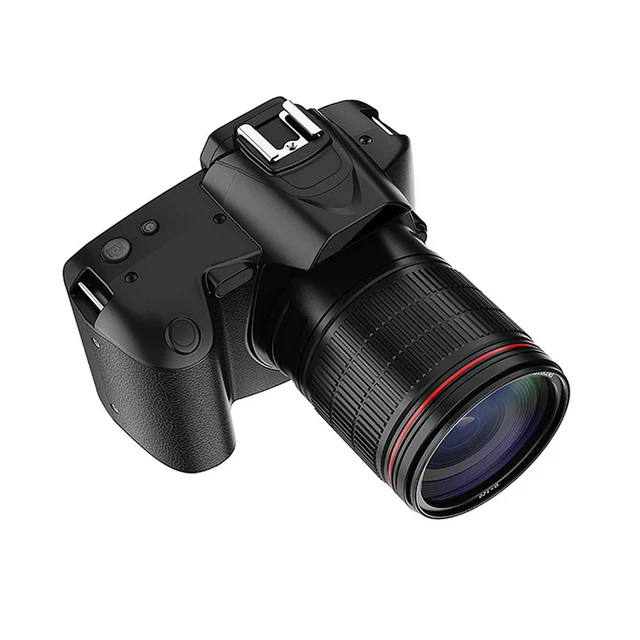
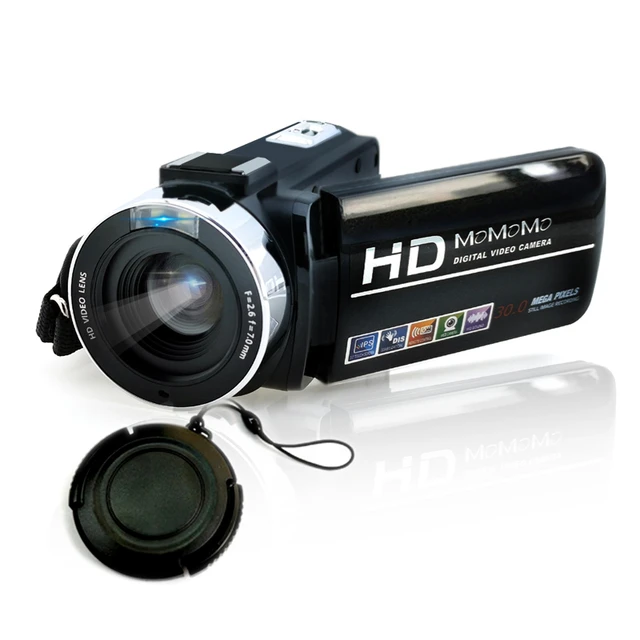 Several types of cameras:
Several types of cameras: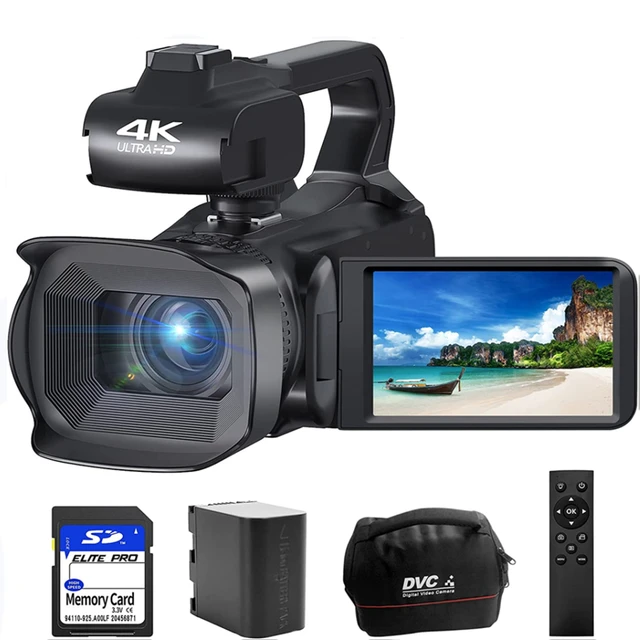 The Science of Mirrors
The Science of Mirrors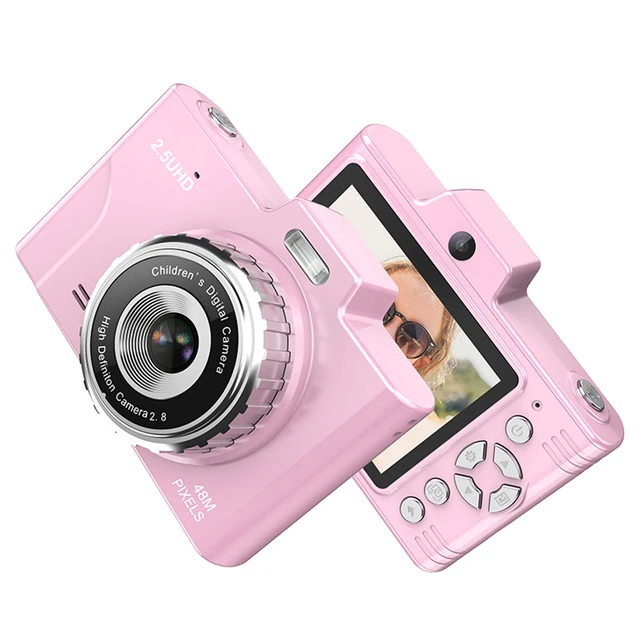 Unfamiliarity with Photographs
Unfamiliarity with Photographs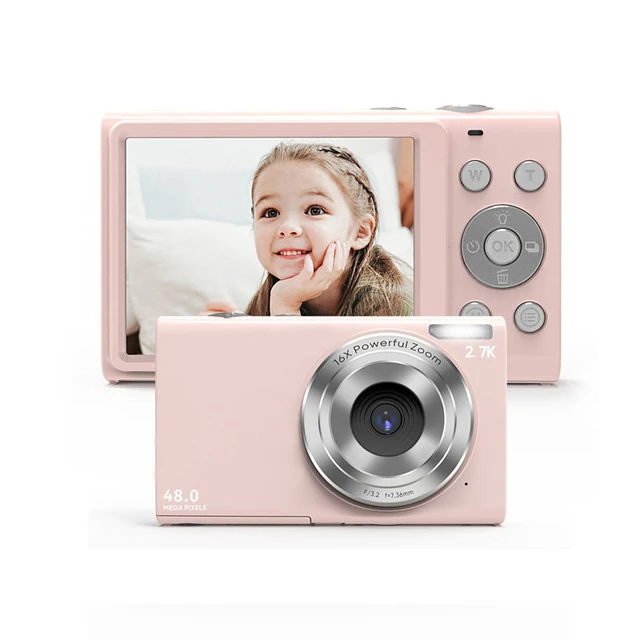 Pros and Cons
Pros and Cons

 Advantages of the Blink Outdoor Camera
Advantages of the Blink Outdoor Camera Understanding Your Blink Outdoor Camera
Understanding Your Blink Outdoor Camera Step 5: Remove the Old Batteries
Step 5: Remove the Old Batteries Troubleshooting Common Issues
Troubleshooting Common Issues Conclusion
Conclusion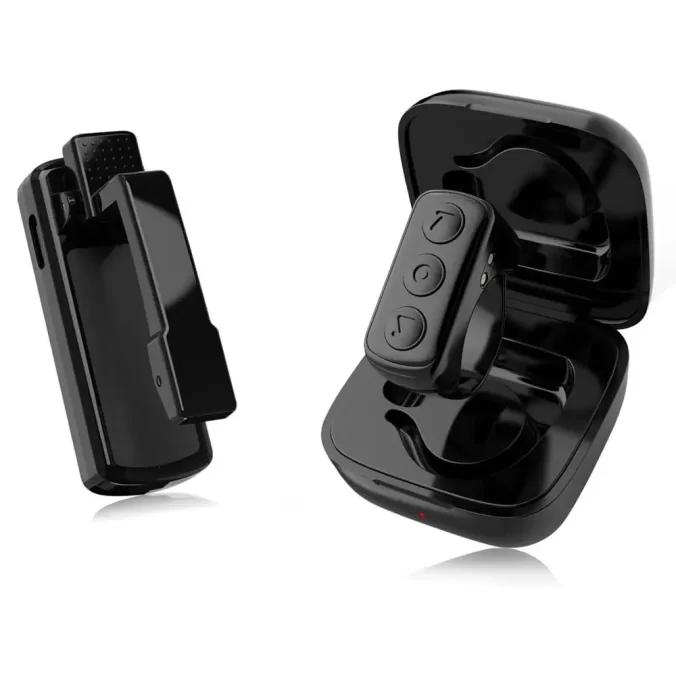
 Introduction
Introduction Common Reasons for Offline Issues
Common Reasons for Offline Issues Wi-Fi Network Considerations
Wi-Fi Network Considerations Insufficient Power Supply
Insufficient Power Supply Conclusion
Conclusion


 Some of the popular trends in cameras:
Some of the popular trends in cameras: Conclusion
Conclusion Introduction-when were camera invented:
Introduction-when were camera invented: Invention of the First Practical Camera:
Invention of the First Practical Camera: Evolution of Cameras and Photography:
Evolution of Cameras and Photography: Technological Advancements in Cameras:
Technological Advancements in Cameras: Conclusion-when were camera invented:
Conclusion-when were camera invented: Introduction:
Introduction: Design and Features of the Canon AE-1:
Design and Features of the Canon AE-1: Maintaining and Caring for the Canon AE-1:
Maintaining and Caring for the Canon AE-1: The Canon AE-1 in the Digital Age:
The Canon AE-1 in the Digital Age: Conclusion:
Conclusion: